While mammals and birds often capture the spotlight in wildlife conservation discussions, reptiles face a growing but largely unrecognized extinction crisis. These ancient creatures—survivors of multiple mass extinctions—now find themselves vulnerable to human activities at an unprecedented scale. From habitat destruction to climate change, illegal wildlife trafficking to human fear and misconceptions, reptiles face threats from all directions. Despite representing crucial components of ecosystems worldwide and having survived on Earth for over 300 million years, they receive disproportionately little conservation attention and funding. This article explores the multifaceted crisis facing reptiles globally and examines why these remarkable animals deserve our protection.
The Overlooked Biodiversity Crisis
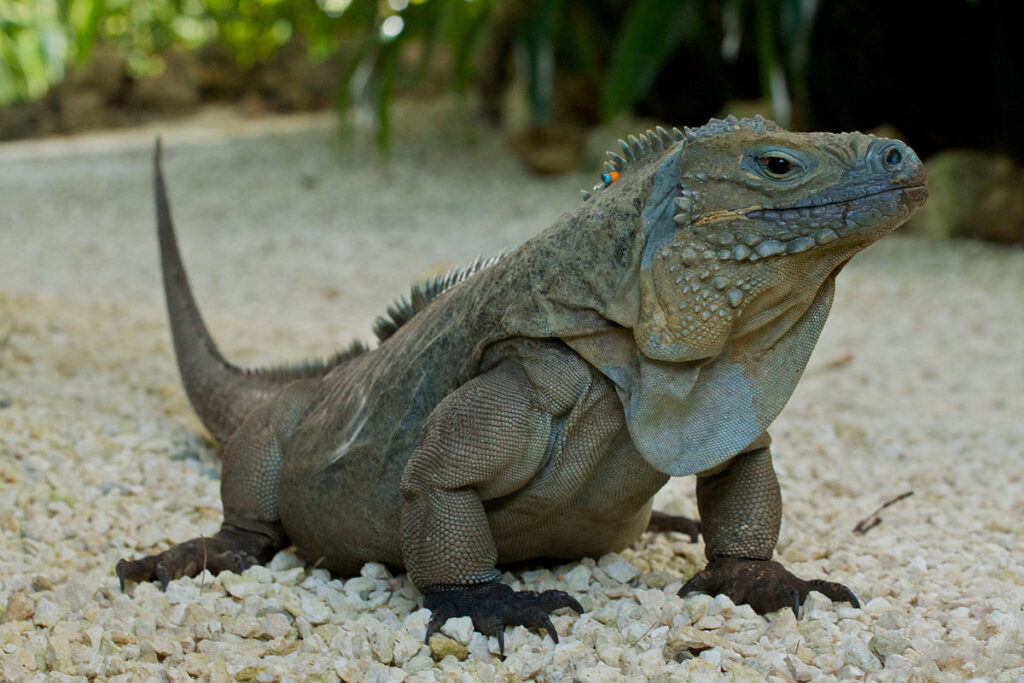
Reptiles represent one of the most diverse vertebrate groups on Earth, with over 11,000 known species spanning six continents. Recent research published in Nature revealed that 21% of all reptile species are threatened with extinction—a staggering figure that has received surprisingly little public attention. Unlike charismatic mammals or colorful birds, reptiles often suffer from negative public perception and cultural biases that limit conservation support. Scientists have documented that reptiles receive significantly less research attention and conservation funding compared to mammals and birds with similar threat statuses. This disparity creates a dangerous blind spot in global biodiversity protection efforts, leaving many reptile species to decline without intervention or even basic population monitoring.
Evolutionary Marvels Under Threat
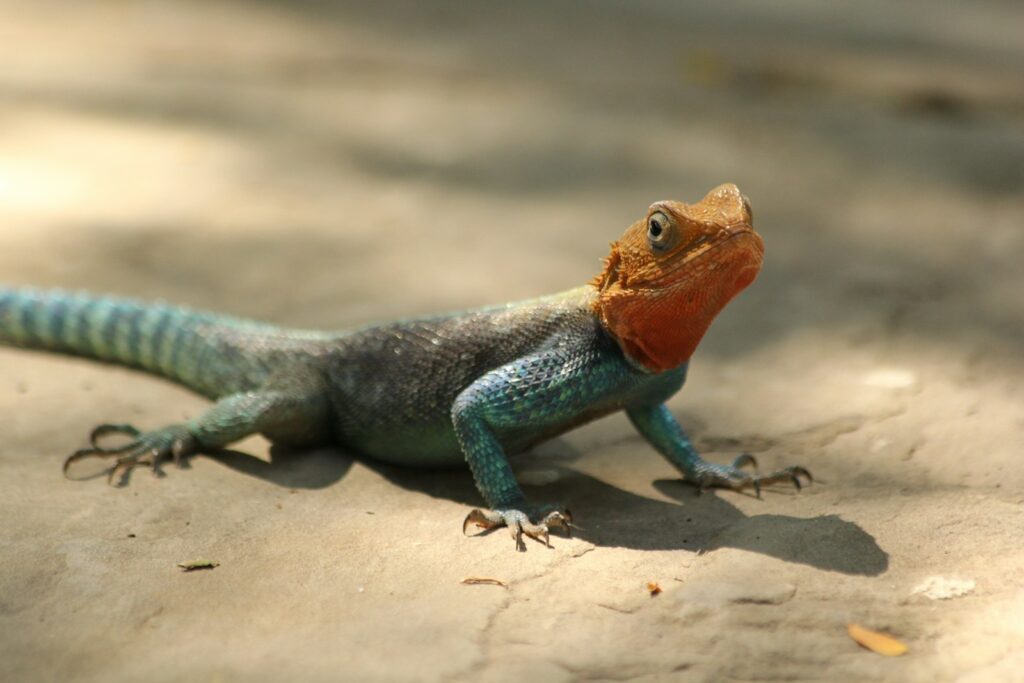
Reptiles represent an extraordinary evolutionary success story, having thrived on Earth since the Carboniferous period over 300 million years ago. They’ve survived multiple mass extinction events, including the catastrophe that eliminated the dinosaurs. Today’s reptiles display remarkable adaptations—from the heat-sensing pits of vipers to the regenerative tails of geckos, from the temperature-dependent sex determination of many turtles to the unique venom delivery systems of advanced snakes. These evolutionary innovations represent irreplaceable biological heritage developed over hundreds of millions of years. When reptile species disappear, we lose not just the animals themselves but entire branches of the evolutionary tree that cannot be recovered. Each extinction represents the permanent loss of unique genetic and physiological adaptations that evolved over unimaginable timespans.
Habitat Destruction: The Primary Threat
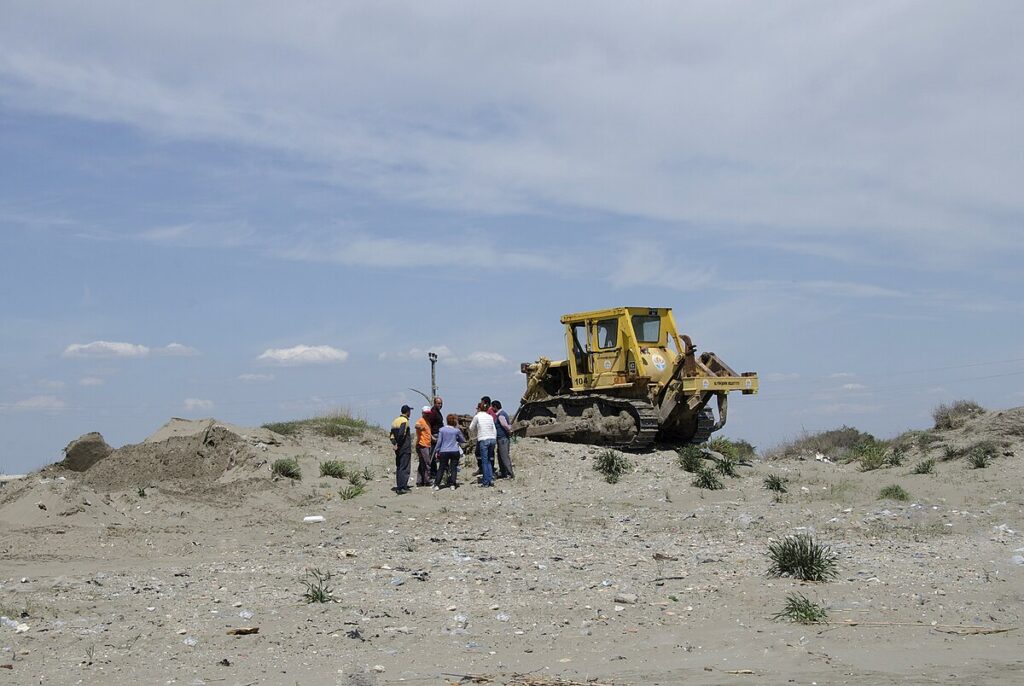
Habitat loss represents the single greatest threat to reptile populations worldwide, with human development fragmenting or completely eliminating crucial habitats. Many reptile species have highly specific habitat requirements—from particular soil types for egg-laying to specific thermal environments for proper metabolism. Unlike some birds or mammals, most reptiles cannot easily relocate when habitats are destroyed, making them particularly vulnerable to landscape changes. Deforestation in tropical regions has devastated countless reptile populations, while urbanization, agricultural expansion, and resource extraction continue to shrink available habitat globally. Even protected areas often fail to consider the specific needs of reptiles, focusing instead on more charismatic species while leaving reptiles as incidental beneficiaries rather than targeted conservation priorities.
Climate Change: An Existential Challenge
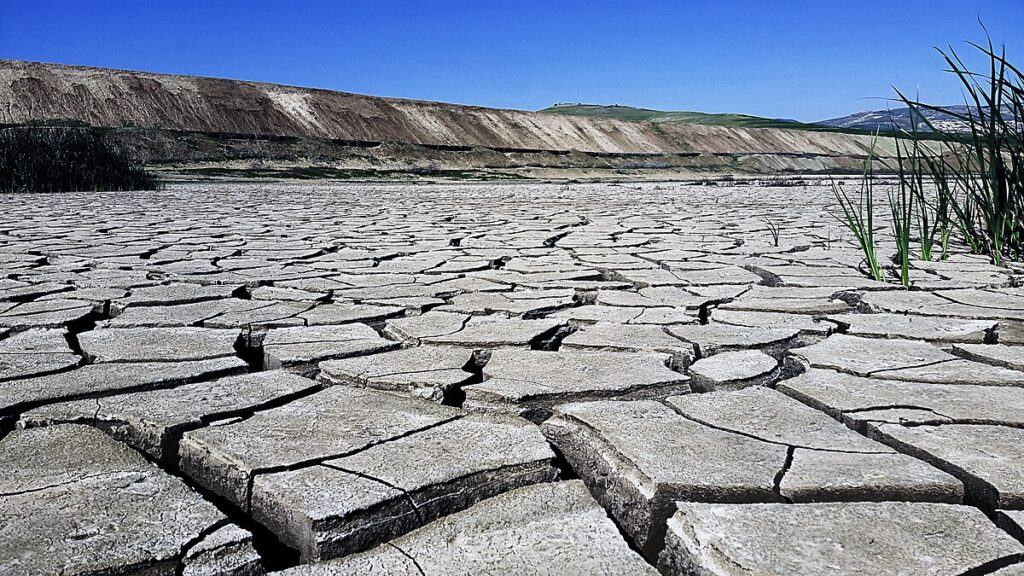
Climate change poses a particularly severe threat to reptiles due to their ectothermic physiology and, in many species, temperature-dependent sex determination. Rising temperatures can skew sex ratios in species where egg incubation temperature determines whether offspring develop as males or females—potentially leading to reproductive collapse. For example, some turtle populations are already producing over 90% female hatchlings due to warming temperatures. Climate change also disrupts hibernation patterns, breeding seasons, and food availability, creating cascading ecological effects. Extreme weather events like droughts, floods, and wildfires further threaten reptile habitats and populations. The rate of current climate change far exceeds the pace at which many reptile species can adapt either physiologically or through range shifts, creating an evolutionary trap from which many species cannot escape.
The Wildlife Trade Crisis
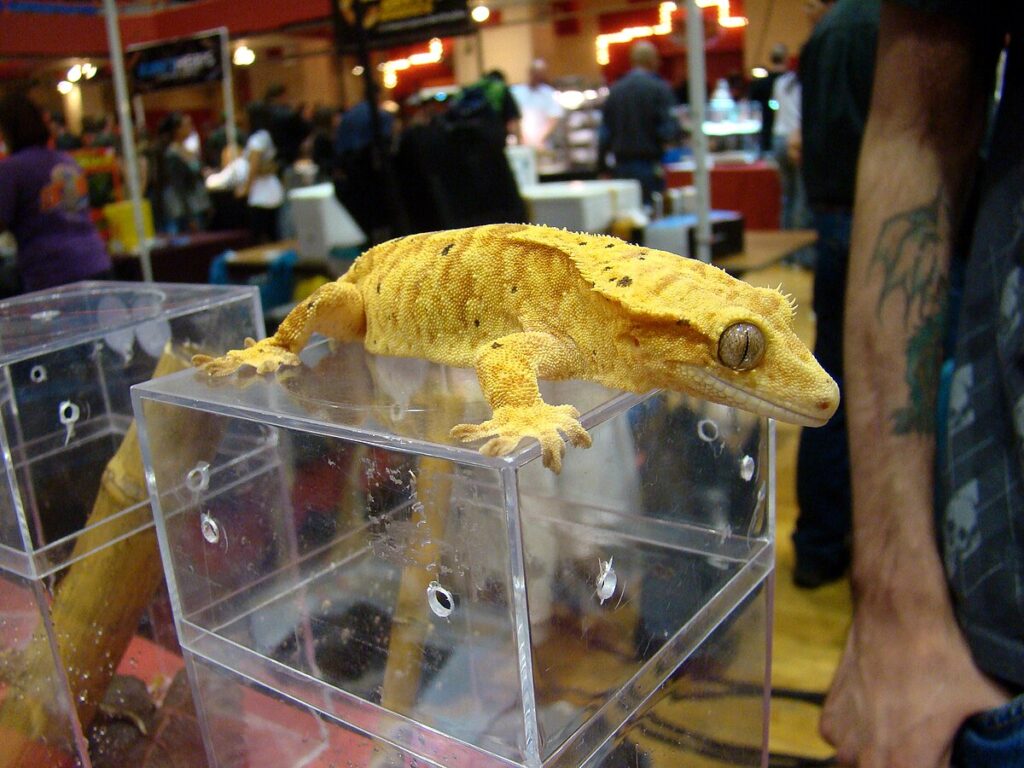
The international wildlife trade exacts a devastating toll on reptile populations worldwide, with millions of individual reptiles collected annually for pets, traditional medicine, food, and leather products. Some species are particularly prized in the exotic pet trade—such as rare pythons, colorful chameleons, and unique tortoise species—commanding prices that incentivize continued collection even as wild populations dwindle. The impact extends beyond just numbers removed; collection methods often damage habitats and disrupt population dynamics by targeting breeding adults. Even legal trade can threaten sustainability when regulatory systems fail to account for species’ reproductive rates, population dynamics, or actual collection numbers. For many rare species, the combination of habitat loss and collection pressure creates a perfect storm that can drive populations from abundance to endangerment in just a few years.
Ecological Importance of Reptiles
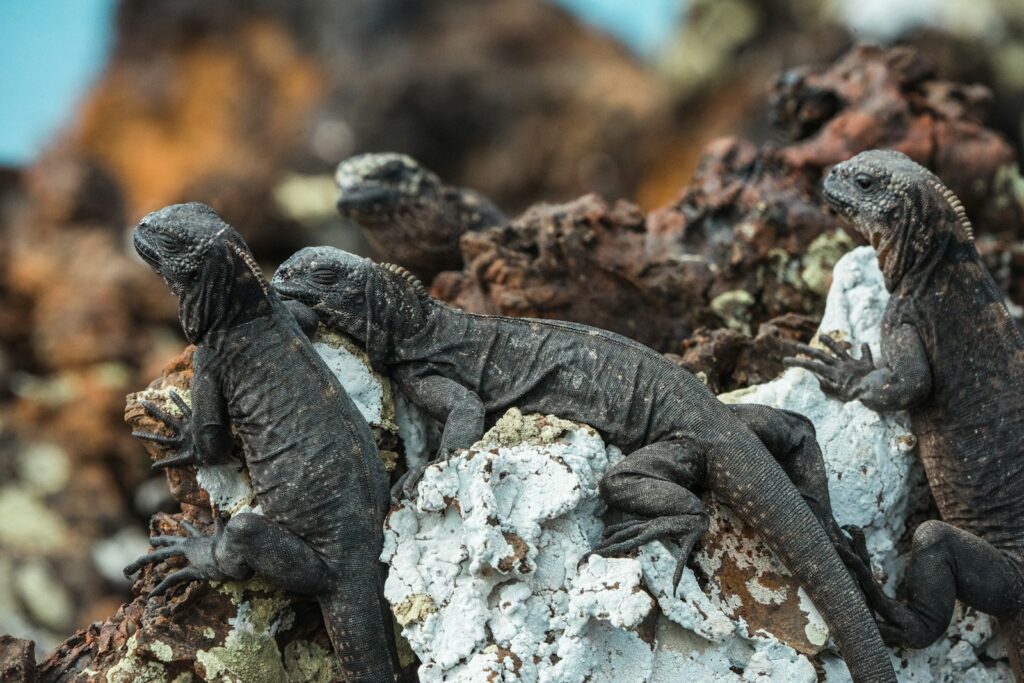
Reptiles play crucial ecological roles that reverberate throughout their ecosystems, making their conservation essential for maintaining healthy, functioning environments. Many species serve as important predators controlling rodent and insect populations—a single ratsnake can consume dozens of disease-carrying rodents annually. Others function as seed dispersers, with tortoises and some lizards spreading plant seeds through their digestive systems. As both predators and prey, reptiles occupy middle positions in food webs, connecting energy flow between trophic levels. In some ecosystems, reptiles represent significant biomass, providing food resources for numerous predator species. The decline of reptile populations can trigger cascading effects throughout ecosystems, disrupting predator-prey relationships, altering vegetation patterns, and even affecting disease dynamics in ways that impact human health and wellbeing.
Venomous Species: Misunderstood and Persecuted
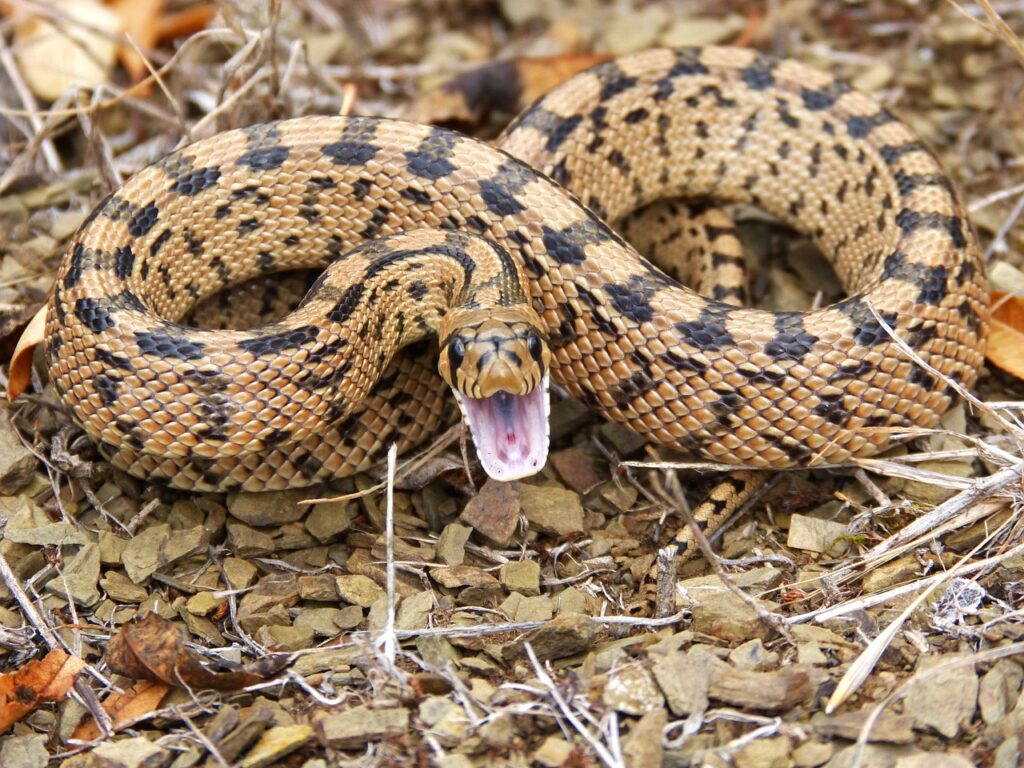
Venomous reptiles face particular conservation challenges due to deeply entrenched human fears and widespread persecution. Indiscriminate killing of snakes—both venomous and harmless species—remains common practice in many regions despite the ecological importance of these animals. Beyond direct killing, venomous species often face targeted eradication campaigns and habitat modification designed specifically to eliminate them from human-occupied areas. The irony is that these persecuted species hold tremendous scientific and medical value; snake venoms have yielded numerous life-saving medications for treating heart disease, stroke, and other conditions. Major drugs like captopril, eptifibatide, and tirofiban all derive from snake venom compounds, underscoring how the very species we fear most may hold solutions to human health challenges. Conservation efforts must address the persistent negative perceptions that drive persecution while promoting coexistence strategies that protect both human safety and snake populations.
Conservation Success Stories
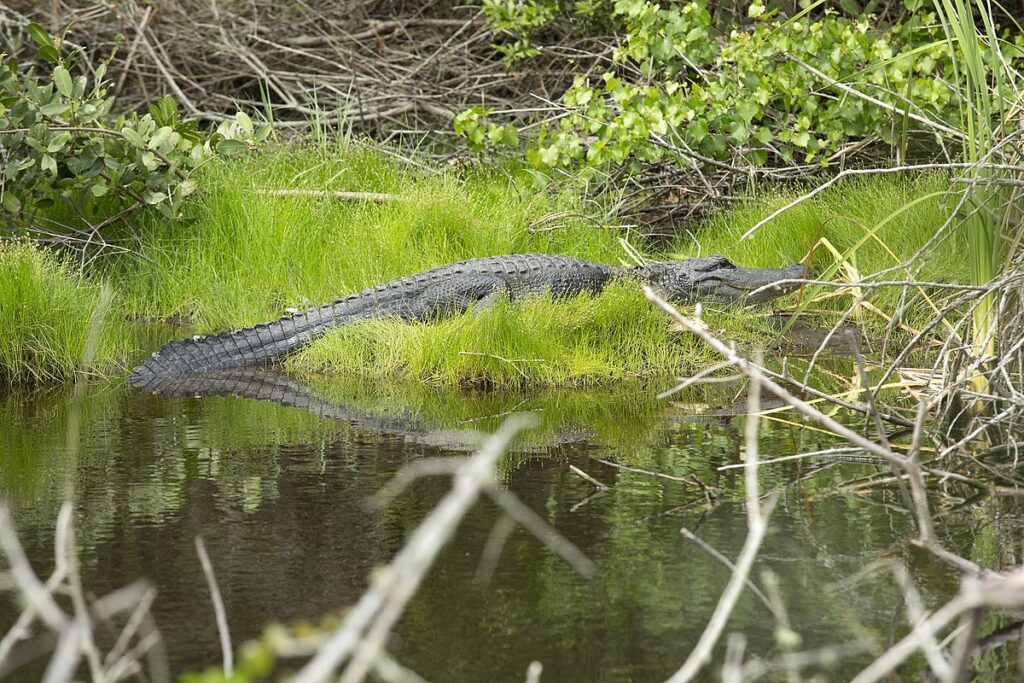
Despite the challenges, targeted conservation efforts have demonstrated that reptile declines can be reversed with proper interventions and community support. The American alligator represents one of conservation’s greatest success stories—recovering from near-extinction in the 1960s to sustainable populations today through habitat protection and regulated management. On Grand Cayman, the blue iguana has been brought back from fewer than 25 individuals to over 1,000 through intensive breeding and habitat restoration efforts. Community-based conservation programs, like those protecting olive ridley sea turtle nesting beaches in India and Mexico, show how local involvement can transform conservation outcomes. These successes share common elements: strong scientific foundations, adequate funding, habitat protection, and crucially, community engagement that addresses human needs alongside wildlife protection. These models demonstrate that even severely endangered reptile species can recover when given appropriate conservation attention and resources.
Research Gaps and Challenges
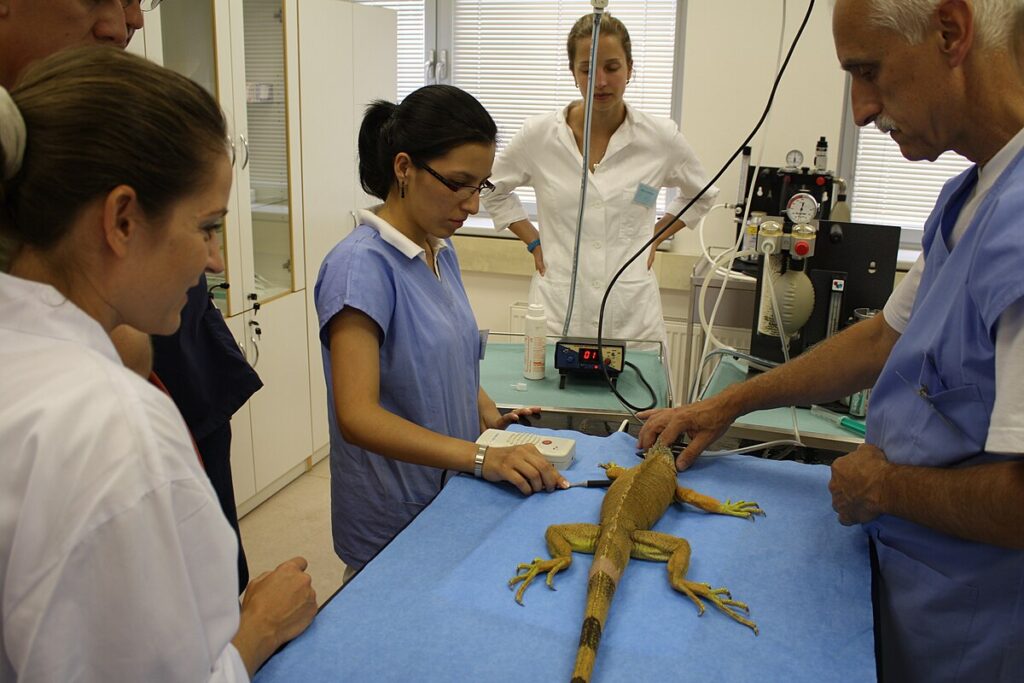
One of the fundamental challenges in reptile conservation is the significant knowledge gap that exists for many species. For approximately 40% of described reptile species, scientists lack basic information about population sizes, ranges, ecological requirements, and even reproductive biology. This information deficit makes it difficult to develop effective conservation strategies or to monitor population trends over time. The taxonomic understanding of reptiles continues to evolve rapidly, with dozens of new species described annually—many of which may already be threatened before science formally recognizes them. Funding for reptile research remains disproportionately low compared to other vertebrate groups, creating a vicious cycle where limited data leads to limited conservation attention. Technological advances in environmental DNA sampling, remote monitoring, and genetic analysis offer promising tools to address these knowledge gaps, but require significantly increased investment to deploy at meaningful scales.
Cultural Perspectives and Challenges
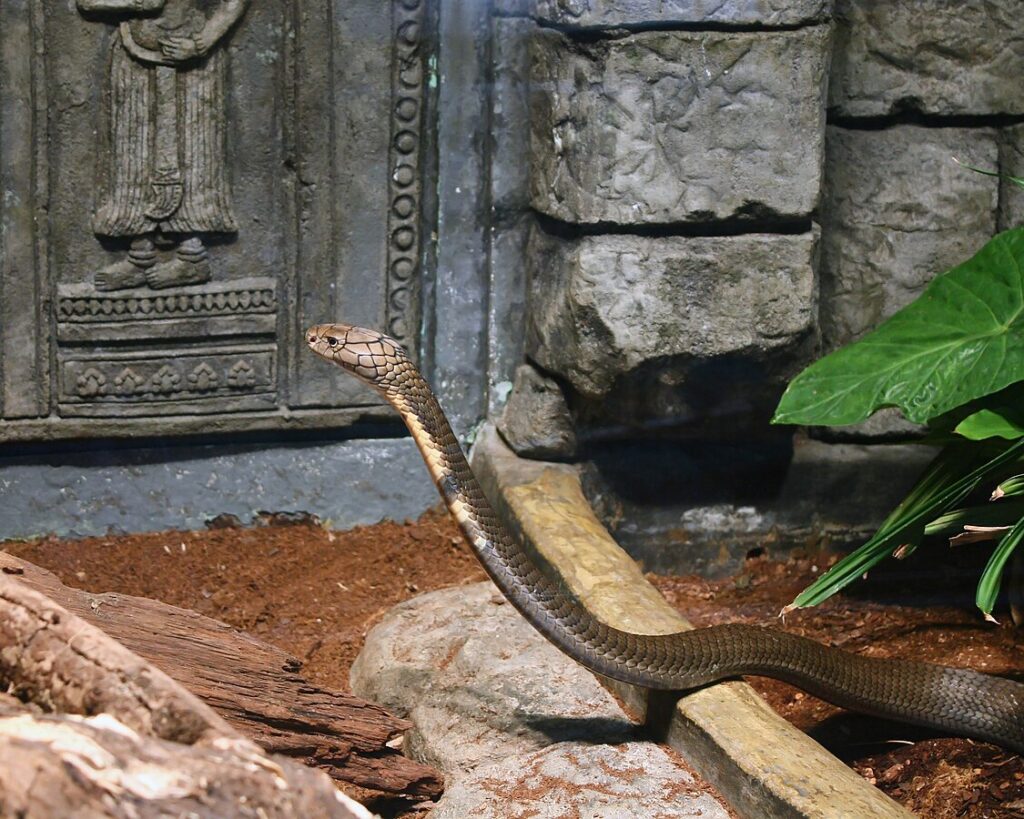
Cultural attitudes toward reptiles vary dramatically worldwide, creating complex conservation challenges that require nuanced approaches. In many cultures, reptiles feature prominently in mythology, religion, and traditional practices—sometimes in ways that promote protection but often in contexts that encourage exploitation. Some communities revere certain species, like the king cobra in parts of India or crocodiles in regions of West Africa, creating cultural taboos against harming them. However, negative portrayals in media, religious traditions that associate reptiles with evil, and widespread phobias contribute to persecution and indifference toward conservation needs. Successful conservation efforts must acknowledge and work within these cultural frameworks, identifying opportunities to build on positive associations while sensitively addressing harmful practices. Conservation education programs that incorporate cultural context and involve community leaders have shown particular promise in shifting attitudes and behaviors toward more sustainable interactions with reptile species.
Policy and Protection Mechanisms

International agreements like the Convention on International Trade in Endangered Species (CITES) provide crucial frameworks for protecting reptiles from unsustainable trade, but significant implementation gaps remain. Many countries lack the resources, expertise, or political will to effectively enforce wildlife protection laws, leading to continued illegal collection even for species with formal protection. At national levels, habitat protection remains inconsistent, with reptile needs often overlooked in protected area design and management. Laws specifically protecting reptiles vary widely between jurisdictions, with some countries providing comprehensive safeguards while others offer virtually no legal protections. Recent policy innovations show promise, including the integration of reptile habitat needs into environmental impact assessments for development projects and the creation of specially designated reptile conservation areas in biodiversity hotspots. Strengthening these protection mechanisms requires greater political commitment, increased funding for implementation, and better coordination between international, national, and local conservation efforts.
Zoos and Ex-Situ Conservation
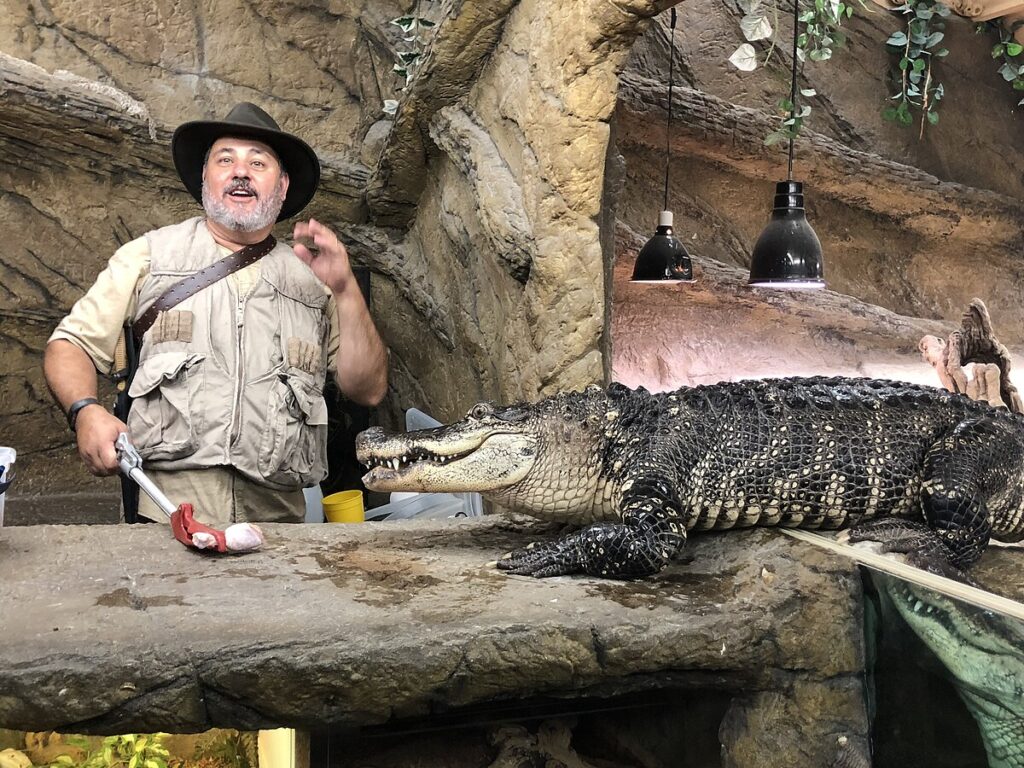
Zoos and specialized breeding facilities play increasingly important roles in reptile conservation through captive breeding programs, public education, and scientific research. For critically endangered species like the Jamaican iguana and the ploughshare tortoise, captive breeding represents an essential insurance policy against extinction, maintaining genetic diversity while wild habitat issues are addressed. Modern zoological institutions contribute to field conservation through funding, technical expertise, and direct participation in reintroduction efforts. Beyond breeding, these facilities provide opportunities for crucial research on reptile health, behavior, and reproductive biology that would be difficult or impossible to conduct in wild settings. Perhaps most importantly, zoos offer unique platforms for public engagement with reptiles, helping to transform fear and misconception into appreciation and support for conservation. The most effective programs create direct connections between captive populations and field conservation, forming integrated approaches that address both immediate extinction risks and long-term habitat protection.
The Path Forward: Integrated Conservation Approaches
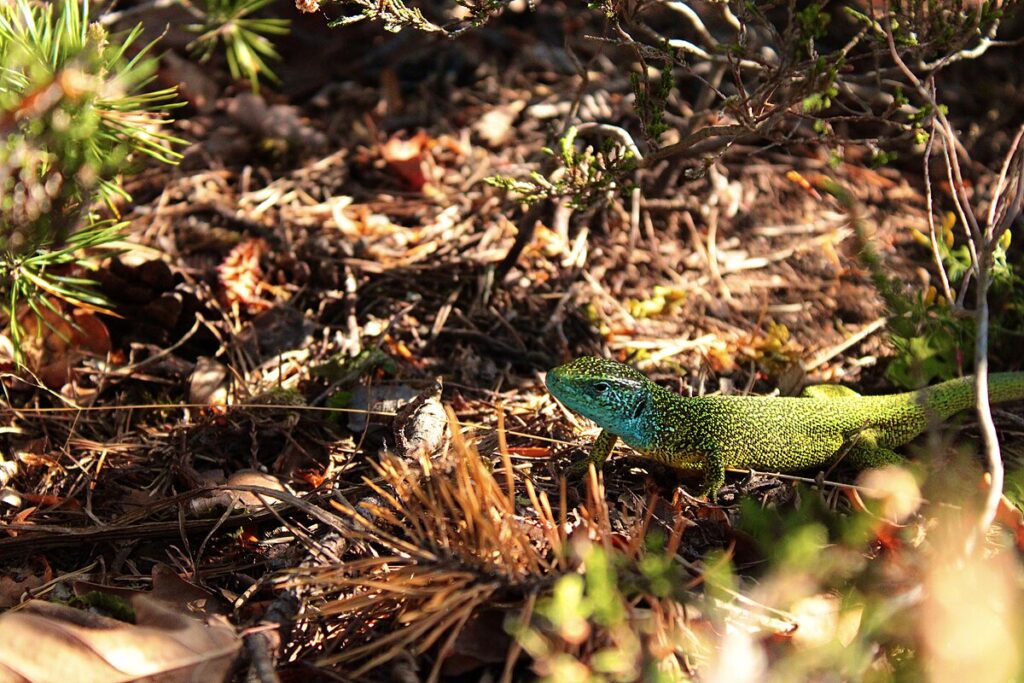
Effective reptile conservation requires moving beyond single-species approaches to implement integrated strategies that address multiple threats simultaneously. Landscape-level conservation planning that specifically incorporates reptile habitat needs can protect multiple species while maintaining ecological connectivity. Climate-smart conservation approaches—including identifying and protecting climate refugia and establishing habitat corridors to facilitate range shifts—will be essential for helping reptile populations adapt to changing conditions. Engaging local communities as conservation partners rather than obstacles has proven particularly effective, especially when conservation initiatives provide tangible benefits like sustainable livelihoods, ecosystem services protection, or community development. Successful models increasingly incorporate traditional ecological knowledge alongside scientific data, recognizing that indigenous and local communities often possess generations of experience with local reptile species. The future of reptile conservation depends on building broader constituencies of support beyond the scientific community to include policymakers, businesses, communities, and the general public in a shared commitment to protecting these remarkable animals.
As we face an unprecedented biodiversity crisis, protecting reptiles represents not just an ecological imperative but a test of our willingness to value all forms of life on Earth. These ancient survivors, who have persisted through eons of planetary change, now face threats at a pace and scale beyond their evolutionary capacity to adapt. Yet with focused attention, adequate resources, and thoughtful interventions, we can reverse the silent reptile extinction crisis. Their conservation matters—not just for maintaining healthy ecosystems and preserving evolutionary heritage, but as a reflection of our own humanity and our commitment to sharing the planet with all forms of life, even those that don’t immediately capture our affection. The forgotten ones need no longer remain forgotten if we choose to see, value, and protect them.

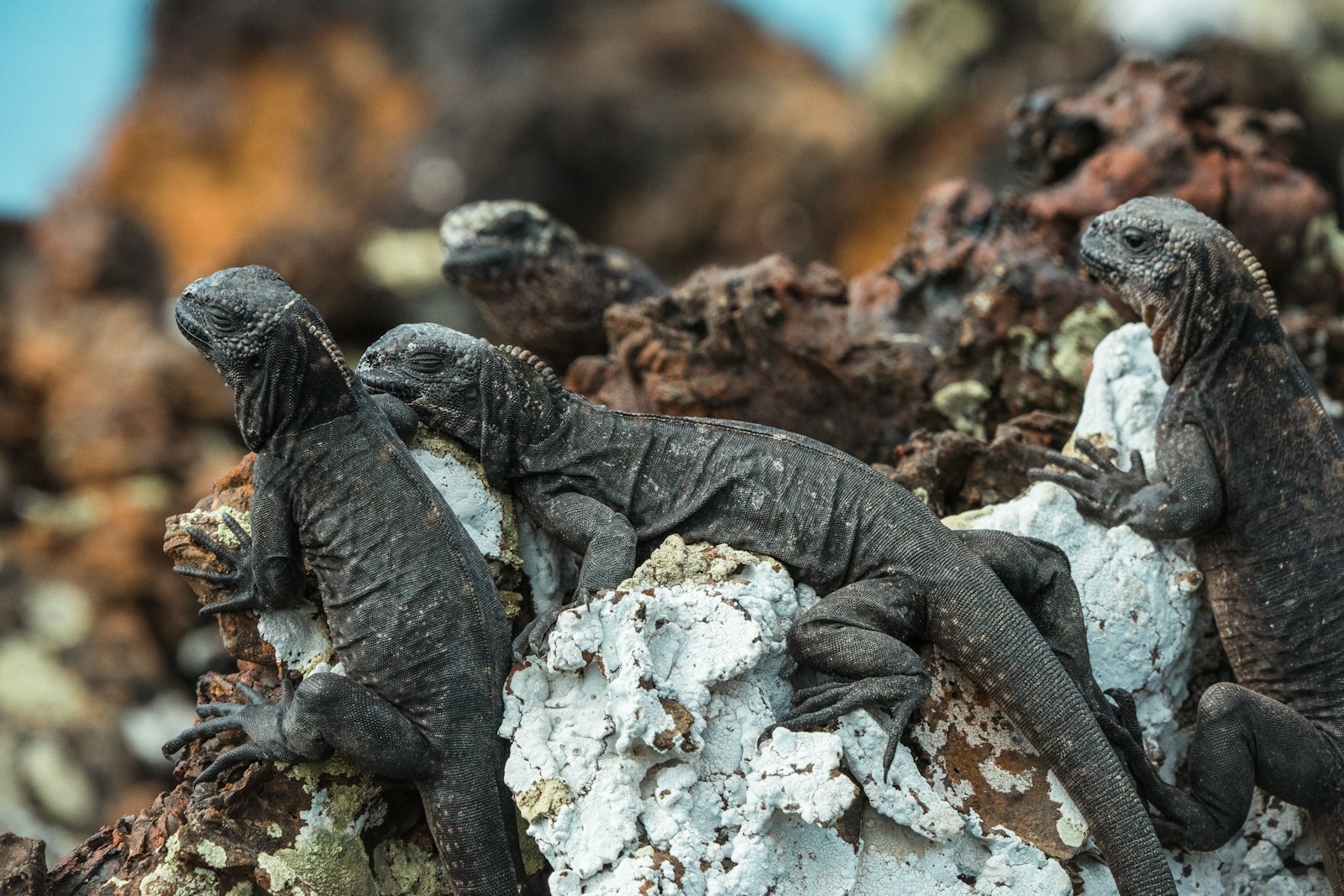
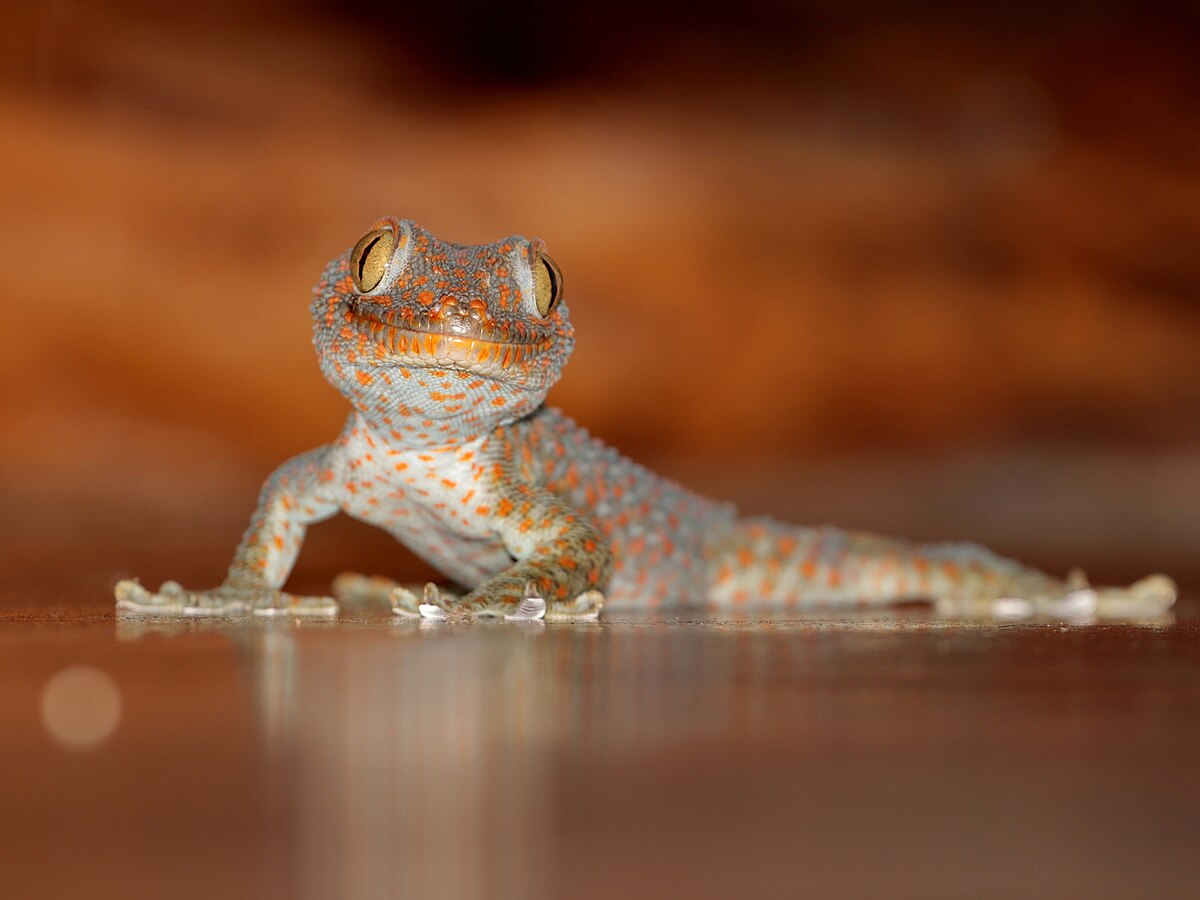
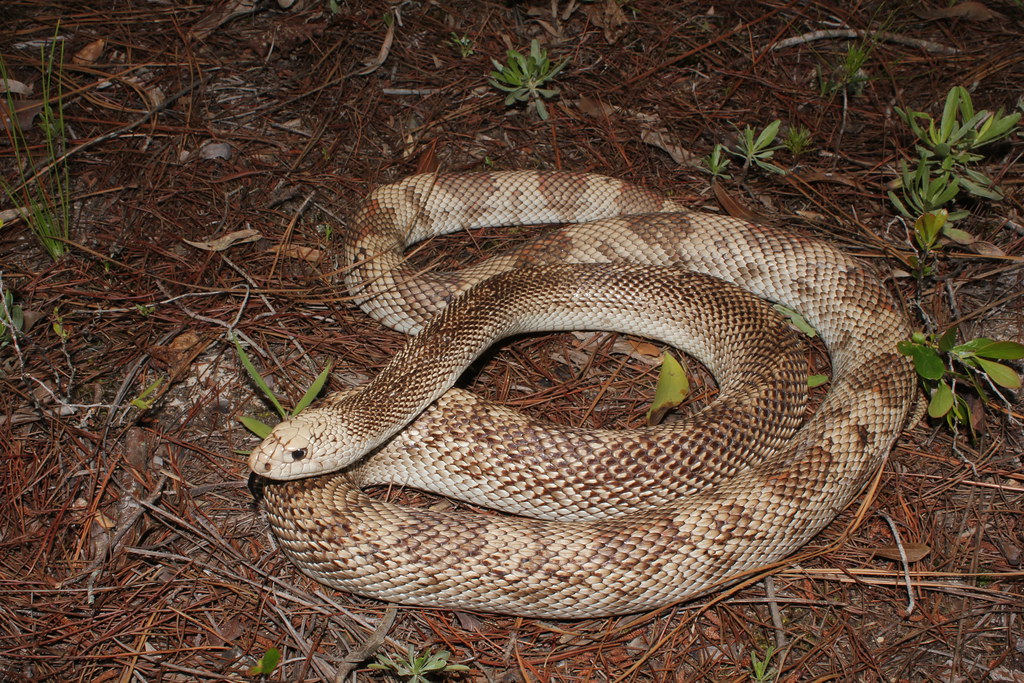


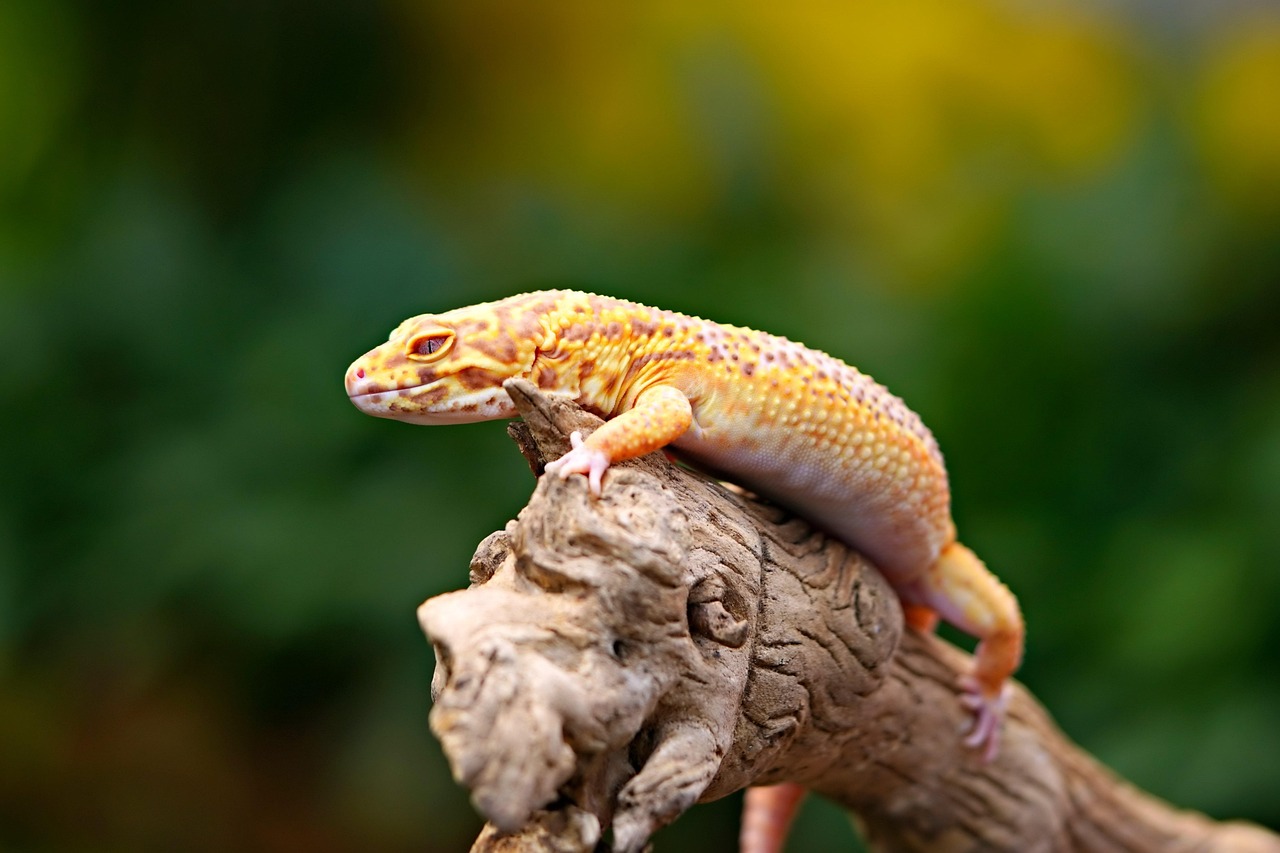

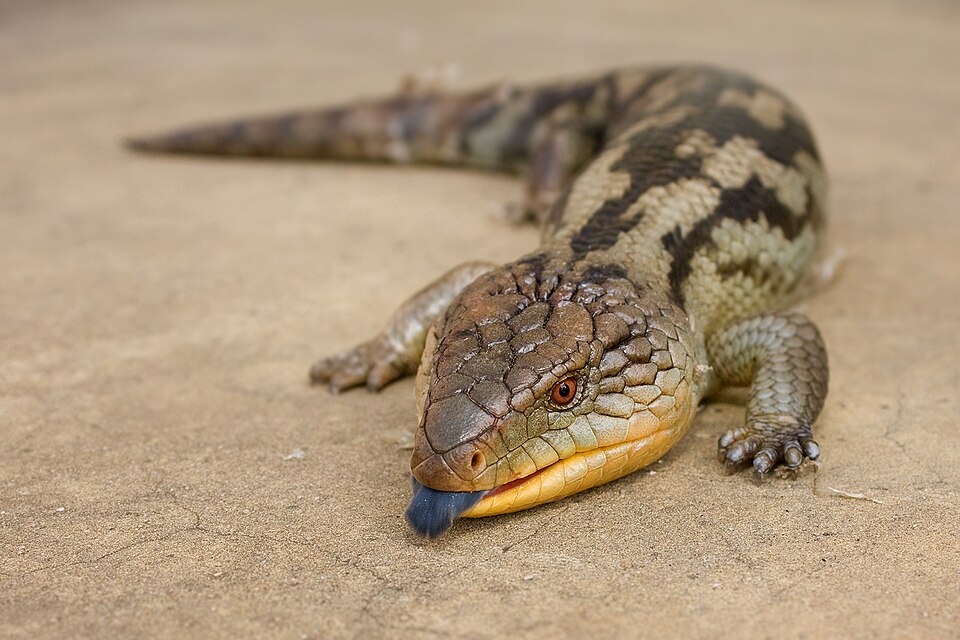
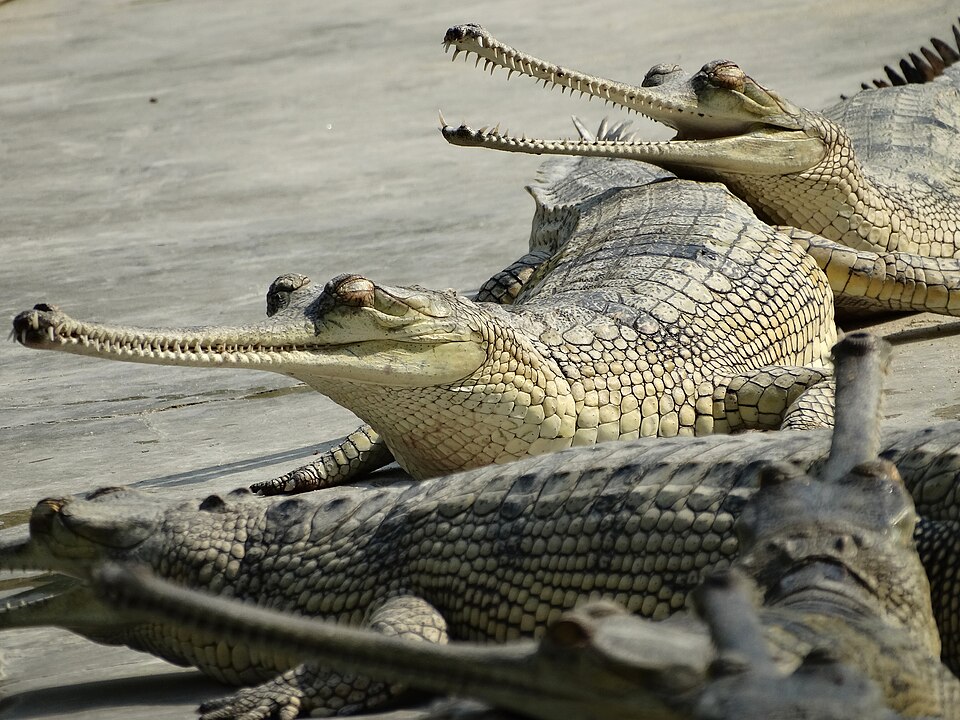
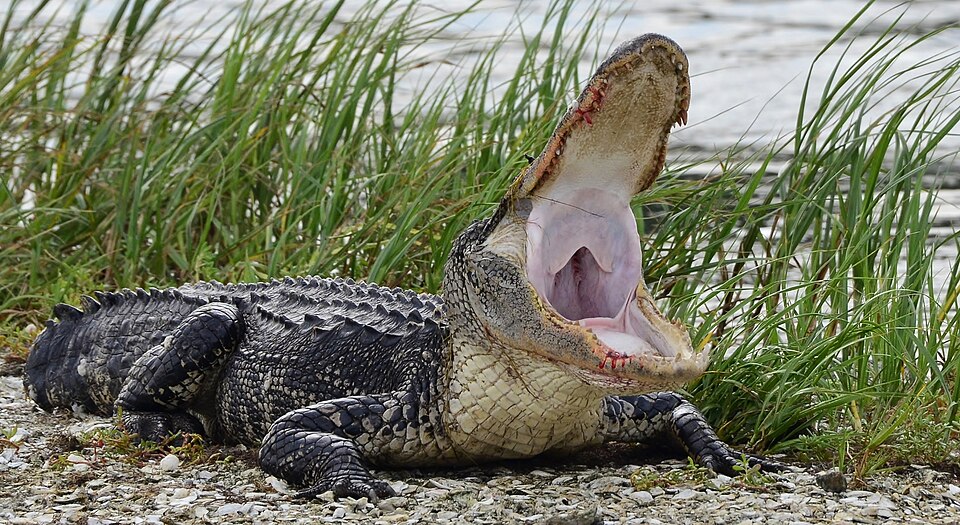
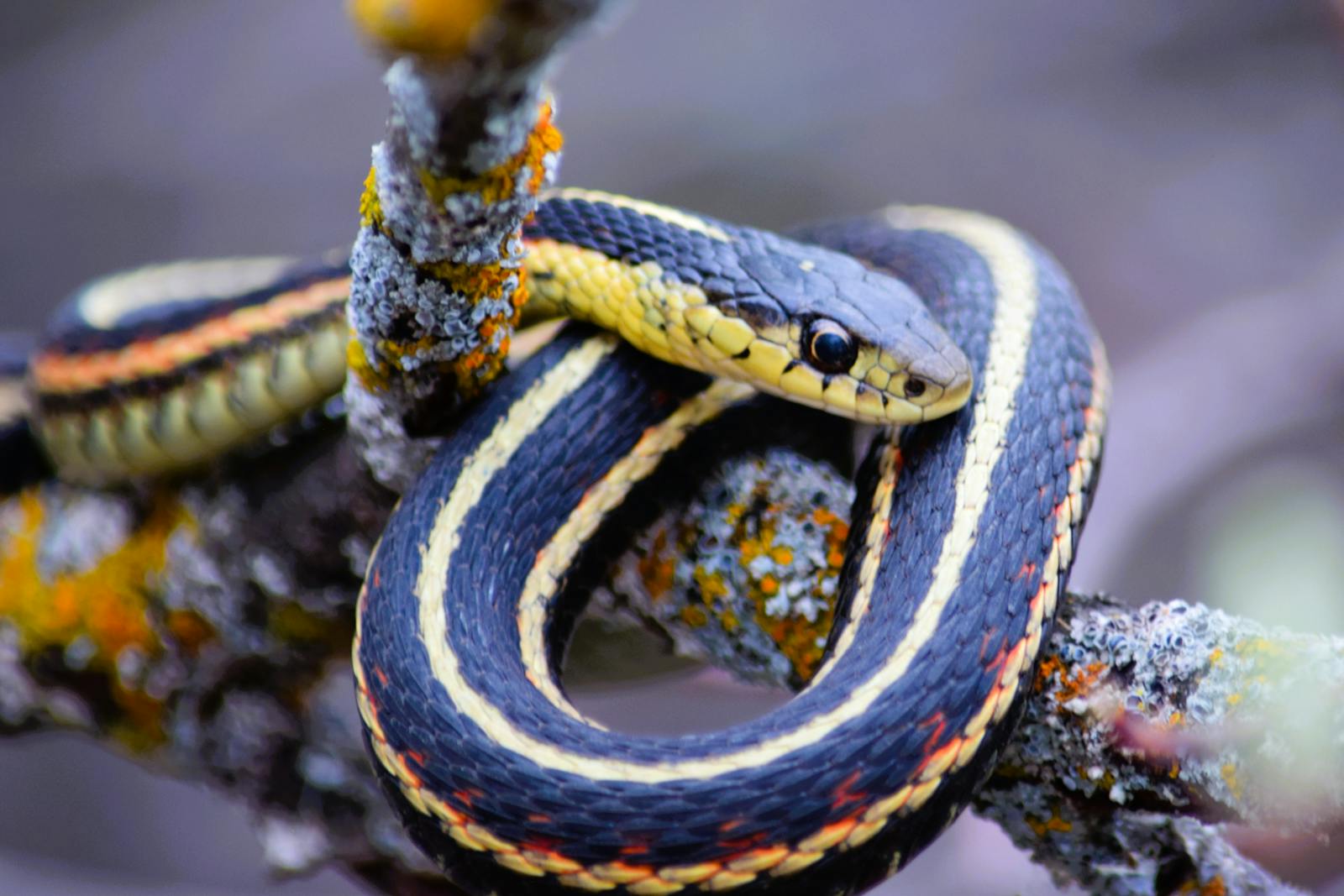
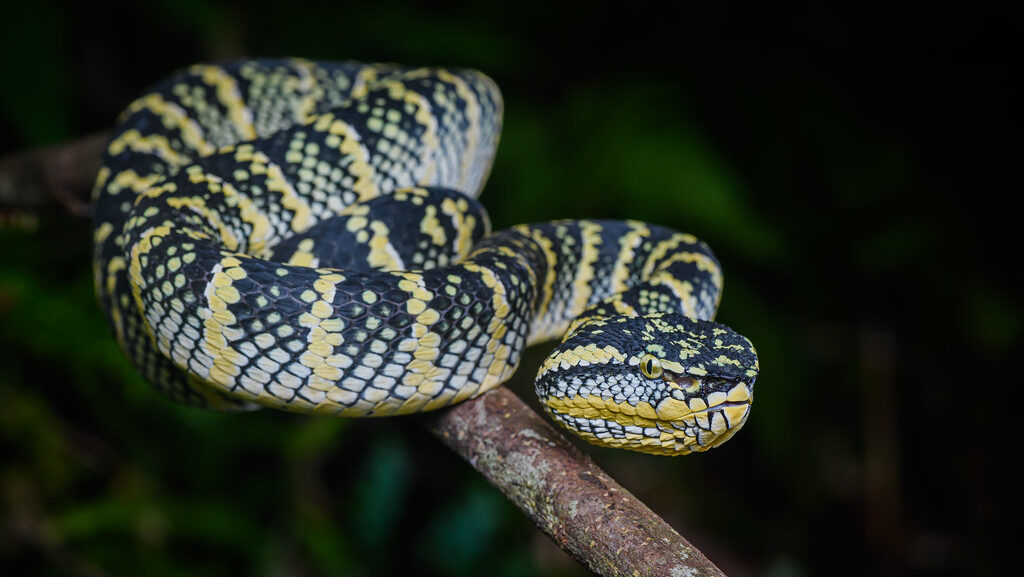
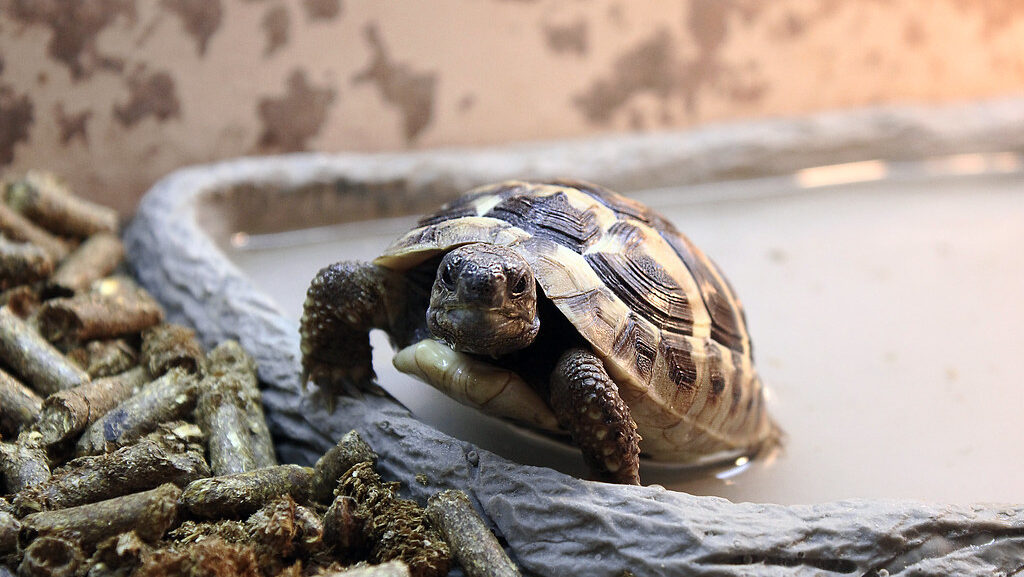

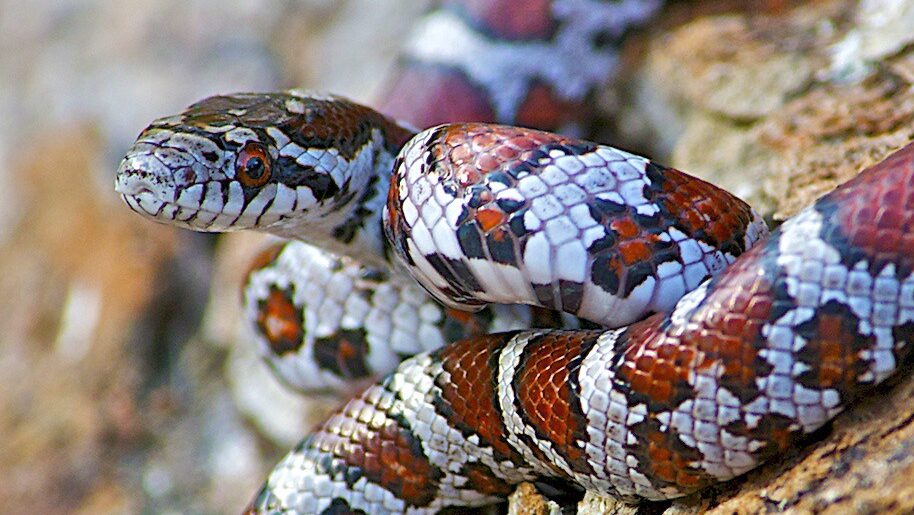
Leave a Reply